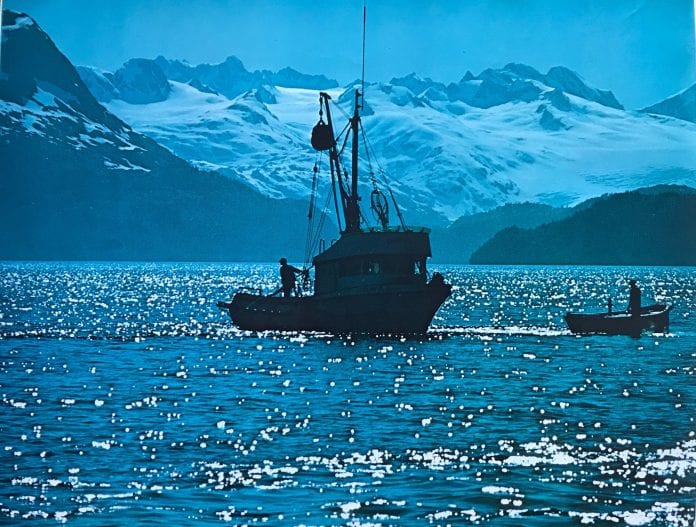
Now is the time of year when Cordova’s fishing fleet sits idle.
In the harbor, vessels of a flotilla that drives the local economy move up and down with the tides. Others, covered with tarps that flap in the wind, stand dormant in boatyards. A few fortunate ones ignore the elements in the safe confines of warehouses.
They are not the only ones quietly watching another winter slowly pass by. By the literal millions, salmon fry from tiny colorful eggs that generate millions of dollars are now gradually emerging from gravel beds or hatchery trays as the early stages of their lifecycle unfold.
The progression of a salmon’s life from egg to alevin to fry to smolt to adults to fisherman’s nets or spawning grounds is well documented. The very fecundity of this amazing species is a reflection of the countless hazards along the way. For example, depending on the size of the female, sockeye lay anywhere from 2,000 to 5,000 eggs, and pinks fluctuate from 1,500 to 2,000.
There’s a reason salmon lay so many eggs. Typically, the survival rate for salmon spawning in the wild is around 2 percent. Factors contributing to mortality include water flow, temperature changes, disturbance of gravel, pollution and predation.
Feel blessed to not have been born a salmon.
And also say a ‘Hail Mary’ for hatcheries.
Back in the ’50s and ’60s, when Alaska Department of Fish and Game’s Cordova biologist Ralph Pirtle was managing wild stocks only, Prince Williams Sound seiners roared around all of its waters in five-day openers, typically catching a total of between 3 million to 7 million pinks per season.
I crewed on various boats for many years. One season, with Olaf Gildnes on the Cheerful II, we qualified as “high-liners,” catching over 100,000 fish, which also meant we could tie an upside-down broom high in the rigging. Where that tradition came from I am not sure.
In 1975, the Armin F. Koernig Hatchery (AFK), located on 17 acres in Sawmill Bay, Evans Island, in the Southwestern District of Prince William Sound, was the first hatchery established by the Prince William Sound Aquaculture Corporation. It led a huge change in the dynamics of the fisheries.
Nowadays, five hatcheries scattered around the Sound gather roughly 980,000,000 eggs every year and are pumping out over 800,000,000 fry each spring. Their survival rate is enhanced by rearing practices prior to release into the open ocean. Commercial harvests are now in the 30- to 50-million range, and a million-pound seine season is considered average.
By the standards of those early days, local hardware and fishery supply stores would now have to stock several hundred brooms every season.
Gillnetters also benefit from hatcheries, which produce large numbers of chum salmon for harvest in the Sound.
By early June, bow-pickers face the difficult decision of staying out on the Copper River Flats for short openers to catch high value reds and kings; or heading over to the other side of the Sound to “pick dogs,” which garner a lower price but are usually harvested for longer periods and in greater volume.
Of course, this would not be possible without the expansion of processing facilities to handle all these fish, as well as very successful marketing to create a worldwide demand. Yet even today, fishermen often find themselves “on limit,” when huge catches in short periods of time stretch the ability of processors to handle all the fish.
Strangely, what brought all this to mind was a photo of the first hatchery in Cordova. Chances are most locals would be hard pressed to name where it was located, and why it was established.
It’s quite a story; and you can learn all about it — in next week’s Cordova Times.














